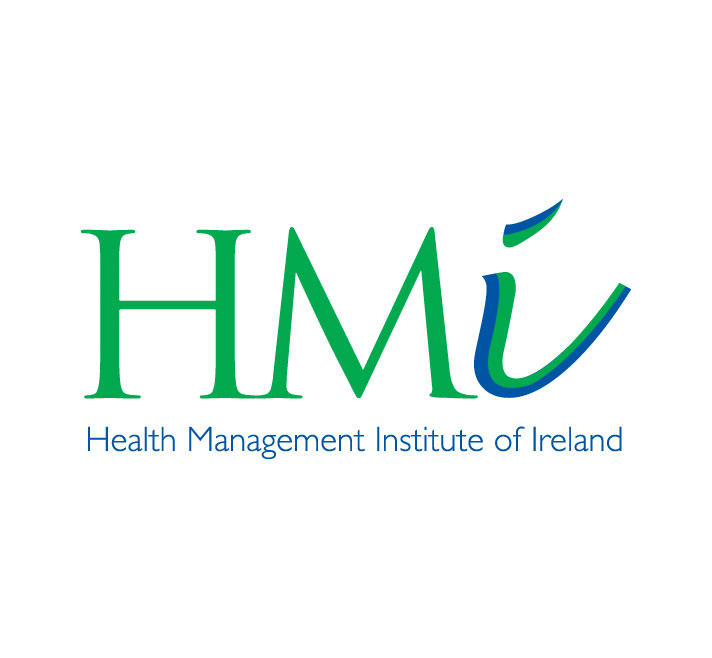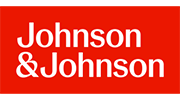The establishment of six new HSE Regional Health Areas (RHAs) aligned with changes to our public health services at a national level are a key marker in how future healthcare will be delivered. With the transition to the new regions well underway, structural change to allow for integrated delivery of our health services is the big story. Notwithstanding the reforms so far, the focus must remain on identified priorities and the follow through of effective strategies to ensure continued reform. Both the vision enshrined in Slaintecare and our patients and service users require it. To enable ongoing reforms, strong leadership, continued engagement with stakeholders and openness to change are paramount.
Despite the pace and depth of the changes to date, health managers remain called upon to support and implement strategies for continuous improvement. Change can be exhilarating, assist in the recalibration of services, and allow for flexibility and adaptiveness within the health services. Managers and staff must implement changes to healthcare systems in the public gaze. Combined with the usual pressures which challenge health care systems world-wide, health managers will need strong reserves of resilience to guide and lead their teams and staff in an ever-changing environment with resistance to change and change fatigue being a factor.
Health managers and their teams have demonstrated in abundance their ability to respond and adapt. They have leaned into new technologies and systems; they have embraced new care pathways and alternative ways to deliver care closer to the patient and service user. There are countless examples of how health managers continue to embrace new learning and strive to improve on service delivery.
“Positively leading through complex change in health and social care” is the title of our annual conference this year. During the day we will hear about the changes which have occurred to date and plans for the further implementation of change. There will be discussion on approaches to leading change, and how to manage the pressure cooker of being a public facing organisation in the face of ongoing change. We will hear from senior managers in the health service about key priorities and expectations.
The conference will offer an opportunity to learn from colleagues about successful outcomes and what we can learn when it may not go right.
At all times during the day, we encourage our members and other delegates to pose questions, to engage with our speakers and to stimulate learning and debate.
We look forward to seeing you in the RDS.
With thanks to our conference sponsors and exhibitors.








